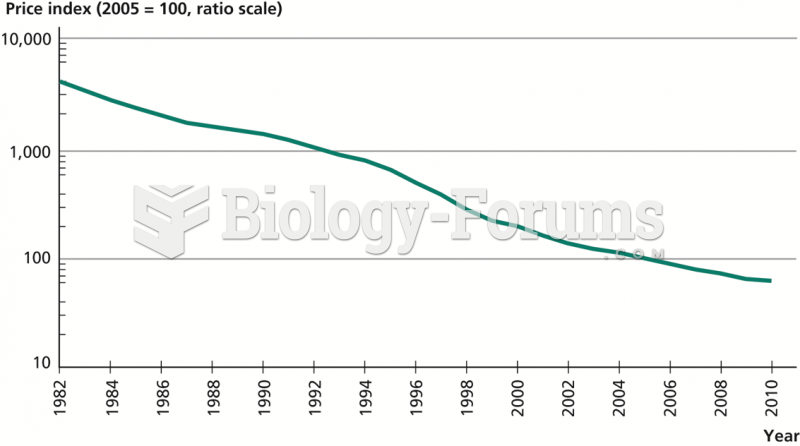This topic contains a solution. Click here to go to the answer
|
|
|
Did you know?
By definition, when a medication is administered intravenously, its bioavailability is 100%.
Did you know?
The horizontal fraction bar was introduced by the Arabs.
Did you know?
Drying your hands with a paper towel will reduce the bacterial count on your hands by 45–60%.
Did you know?
Excessive alcohol use costs the country approximately $235 billion every year.
Did you know?
Sperm cells are so tiny that 400 to 500 million (400,000,000–500,000,000) of them fit onto 1 tsp.
 The Black Death spread over much of Europe in a three-year period in the middle of the fourteenth ce
The Black Death spread over much of Europe in a three-year period in the middle of the fourteenth ce
 Walter Thompson saw his assets evaporate during the stock market collapse in 1929. Desperate for ...
Walter Thompson saw his assets evaporate during the stock market collapse in 1929. Desperate for ...





